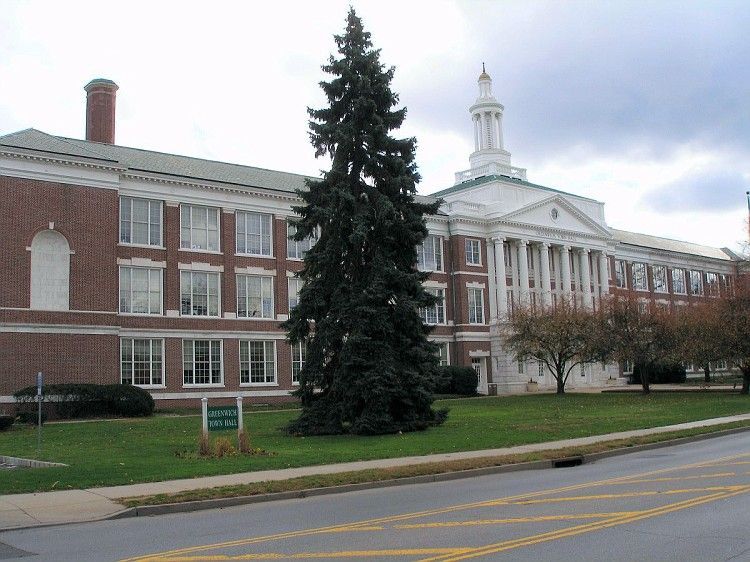
Today, when a prosperous town needs a capital improvement, such as a school, they will issue a long-term municipal bond to pay for it. A long-term bond lets a town address a specific need and helps maintain the value of the town’s infrastructure. It also ensures that citizens who benefit from the capital improvement pay for it over its “useful life” of 20 or 30 years.
Additionally, long-term loans can “lock-in” a low interest rate and keep payments predictable and low for taxpayers.
New Canaan’s fiscal policy is one example of a local town using long-term financing. Their policy, says, “Long-term financing is an important tool in the management of intergenerational assets.” As a result, when they need to complete a large project, the impact on their annual budget is minor because the payments, spread over a period of 20 or 30 years, are modest and have a small impact on the town’s budget.
Does the long-term financing cost taxpayers more over the bond’s entire life? Yes, of course, it does. Just like our mortgages did when many of us bought our first home. We arranged a 30-year, fixed-rate loan, “locked-in” a low-interest rate,and obtained modest and predictable payments (which became less and less substantial as time went on and inflation grew). Those low payments allowed us to meet other important needs, like repairing the roof, buying a lawn tractor or sending the kids to summer camp.

Greenwich takes a radically different approach to town spending. The Republican controlled BET rejects this “important tool” of long-term financing used by New Canaan and other towns. Instead, Greenwich mandates that bonds be no more than 5 years in duration, which means a punishingly high payback schedule for taxpayers. The end result is that the 5-year payback requirement severely restricts the number of capital improvements financially possible for taxpayers to absorb.
This 5-year restriction ensures that the town budget presented to the RTM can only afford perhaps one or two projects every year or so – without regard to what the town actually needs. The Republican BET effectively changed the question from, “What does our town need?” to, “What can our town afford now?” The Greenwich debt policy is intentionally making taxpayer payback costs so high that the town cannot possibly address the question of what it really “needs.” This year the BET is supporting the replacement of the Eastern Greenwich Civic Center, but not one school.
Supporters of the town’s spending policy contend that our debt policy is responsible for our low mill rate. This is bogus. Our mill rate is low because we maintain a robust “Grand List,” filled with new businesses and families attracted by our reputation for providing excellent services, and because of our proximity to a world capital city. But with the recently passed partisan budget, those excellent services are in jeopardy.

Others say, “We don’t want to pass debt to our children.” The reality is that the debt exists whether it resides in our decaying schools, where our children spend each day or if the debt is on the town’s balance sheet. If we elect to keep our balance sheet pristine, then we must accept significant risk from the debt building up in our crumbling obsolete schools.
Last year when a ceiling tile fell and injured a child due to poor maintenance, we were lucky. What if next time it’s not just a ceiling tile, but part of the roof that falls in? Then where do we go to get our Greenwich reputation back? Maybe we could publish our pristine balance sheet and see how that works.
Got Something to Say?